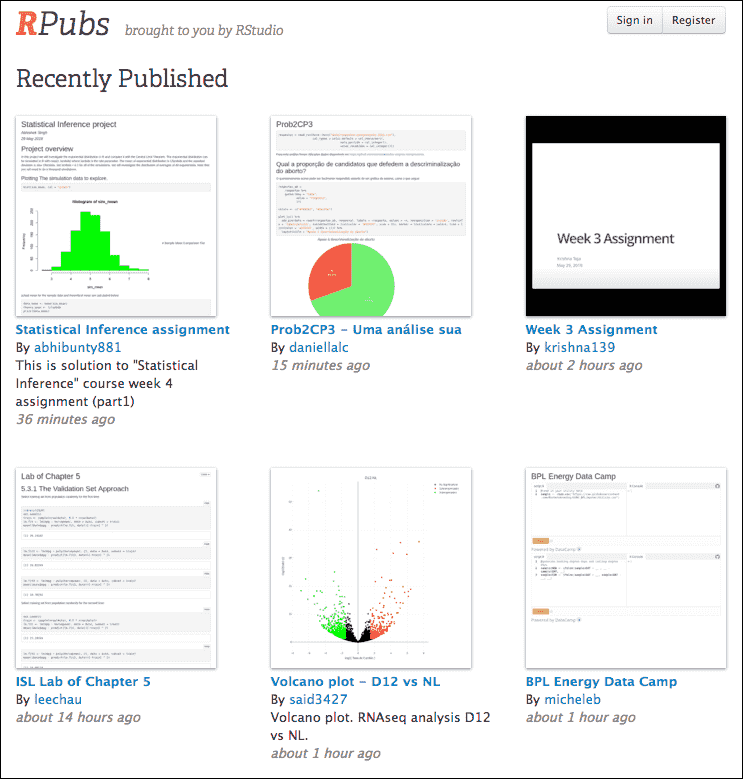

- #How to justify a paragraph r bookdown how to
- #How to justify a paragraph r bookdown archive
- #How to justify a paragraph r bookdown plus
- #How to justify a paragraph r bookdown zip
The citation that only has a page reference, though ( ), still isn't rendering properly.ĮDIT 3: I'm realising that I probably wouldn't use on its own anyway-I'd use p. I think having a reference with underscores inside a figure caption in the following paragraph was breaking things moving it to a text reference fixed things.
#How to justify a paragraph r bookdown how to
Does anyone know how to tell bookdown to use it?ĮDIT 2: I was wrong: the citation with the suffix is now working fine. Is this a problem with bookdown supporting only a subset of the RMarkdown citation syntax, or has one of the modifications between it and unswthesisdown caused something to go wrong? Or is it simply a problem with the citation style I'm using?ĮDIT: I think the problem is that prefixes and suffixes appear to be pandoc-citeproc features, and it looks like bookdown doesn't use pandoc-citeproc by default. The RMarkdown documentation lists these page references as valid syntax, but the bookdown documentation does not. we have to do it by looping through its elements and copying themįor (var j = 0 j < docArr.The page reference is lost, and the one on its own is, as far as I can tell, not recognised (note the square brackets in the output). We can't load a doc in one big lump though “”JPEG to Docs”: function convertJPGtoGoogleDocs() ) Right-click, choose “Google Apps Script”, paste in the following and save it as e.g.

Fortunately, you can use a Google Apps script to automate the task. You don’t want to do that for each document one by one though.
#How to justify a paragraph r bookdown plus
Upload the images (as JPEGs) to the appropriate folder.ĭid you know that Google Docs has OCR built in? Just right-click a JPEG file containing an image of text, choose “open in Google Docs” and you’ll get a document containing the original image plus the extracted text. Next, I created a Google Drive folder for the project, and subfolders within it for each chapter. A good camera phone is sufficient here, but the key to success is to keep the pages flat and minimise any distortion. Scan the pages for optical character recognition So here, briefly, is the story of how I used R/bookdown and some other tools to resurrect that thesis.ġ. I wondered whether the university library had digitised it and if so, whether it might be available online. At some point my thoughts turned to that thesis, which took 4 years of my life.
#How to justify a paragraph r bookdown archive
So I started working on ways to digitally archive some of them. It didn’t seem to matter much.Īnd then I grew older, and started looking at some of the documents in our family, and realising that in the event of accident or disaster, they’d be lost forever. Like many (most?) people, I’d barely looked at the thesis since depositing a copy in the library anyway. And at some other point, that CD became corrupted. At some point they were burned onto a CD.
#How to justify a paragraph r bookdown zip
I think they lived on a 100 MB zip drive for a while. A collection of documents: Word, Powerpoint and JPEGs. That’s simple enough then Neil, you say, you just grab your digital files, copy/paste into RMarkdown files, do a bit of editing and you’re set. I believe there are 3 printed copies in existence: mine, one for the lab and one deposited in the university library. It’s from my former life, as a biochemistry graduate turned reluctant molecular microbiologist. It’s called “Cloning, sequence analysis and studies on the expression of the nirS gene, encoding cytochrome cd 1 nitrite reductase, from Thiosphaera pantotropha“. Then I remembered that I’ve already written a book. The problem is that I am not writing a book and have no plans to do so any time soon. An ancient thesisI’ve long admired the look of publications generated using the R bookdown package, and thought it would be fun and educational to publish one myself.


 0 kommentar(er)
0 kommentar(er)
